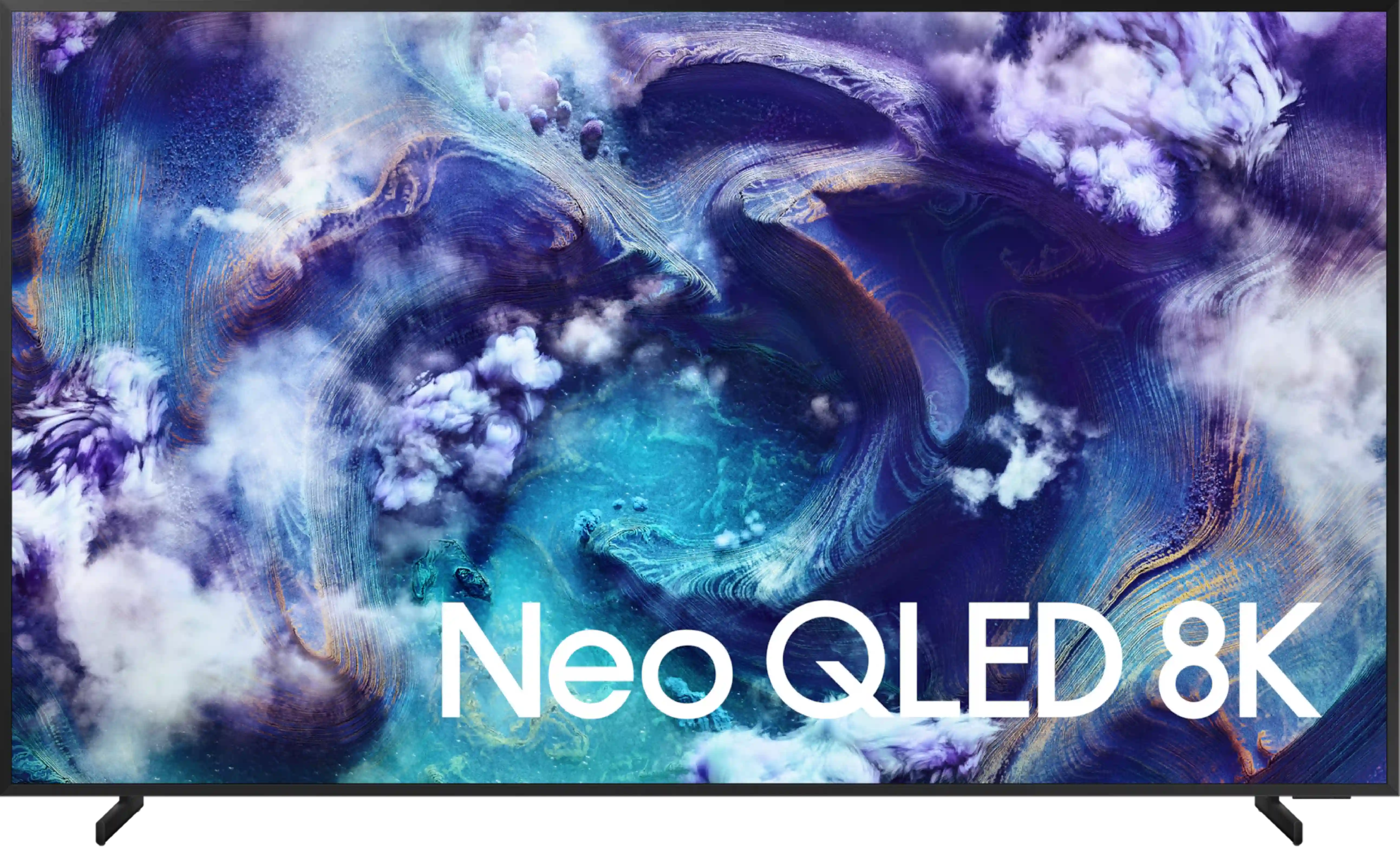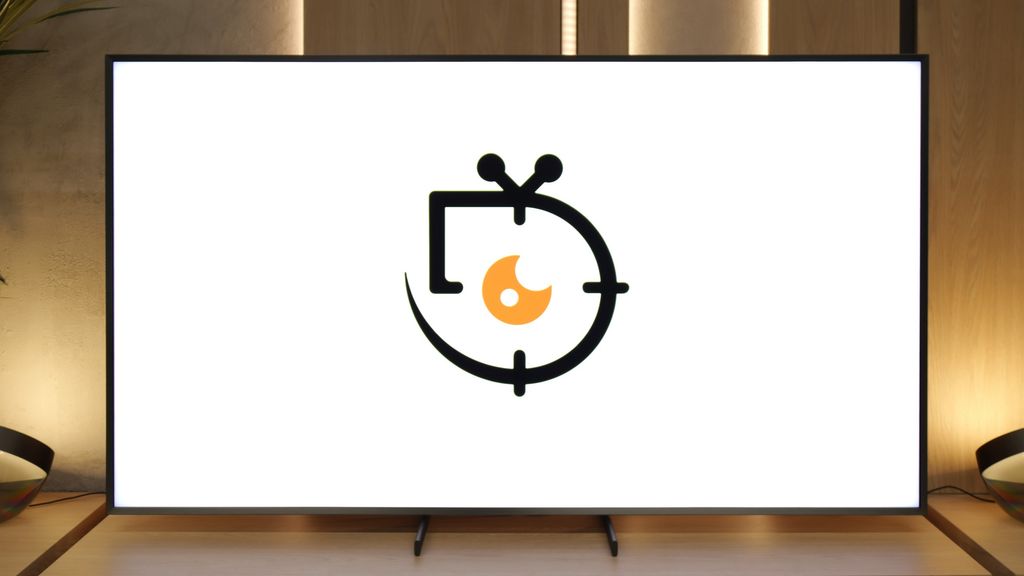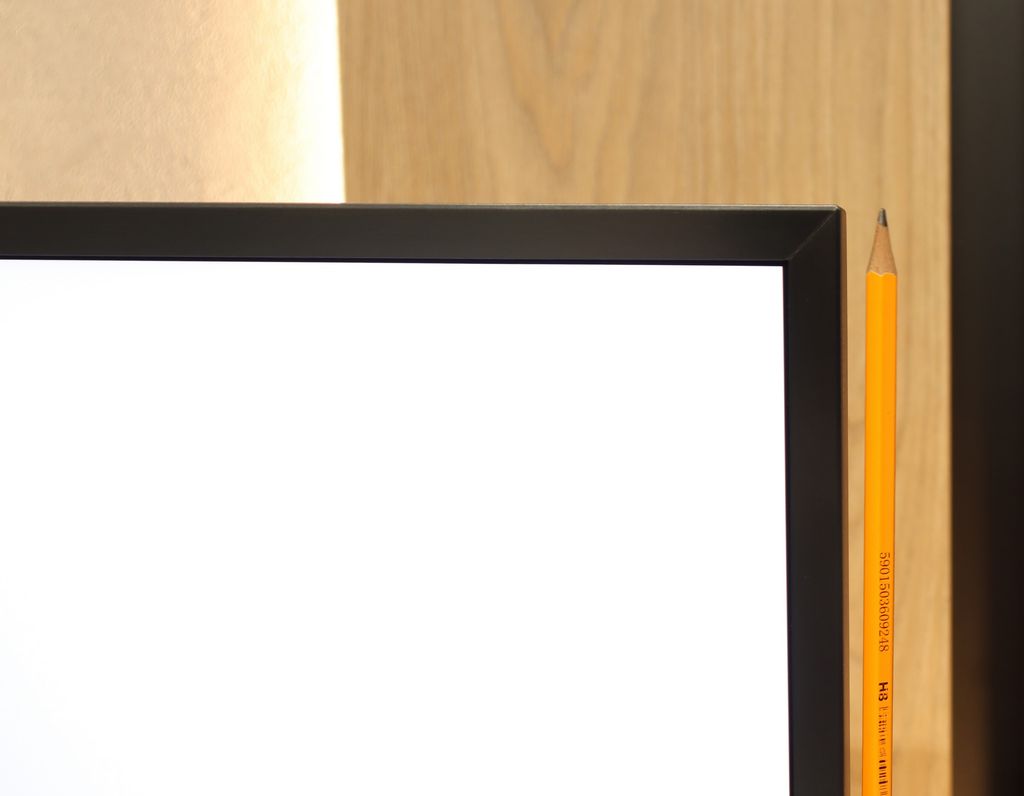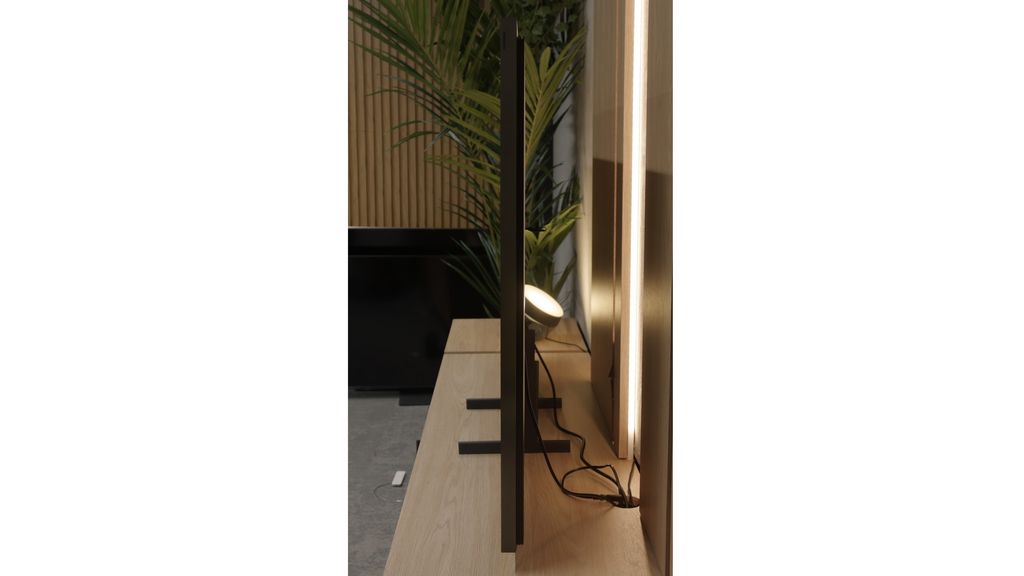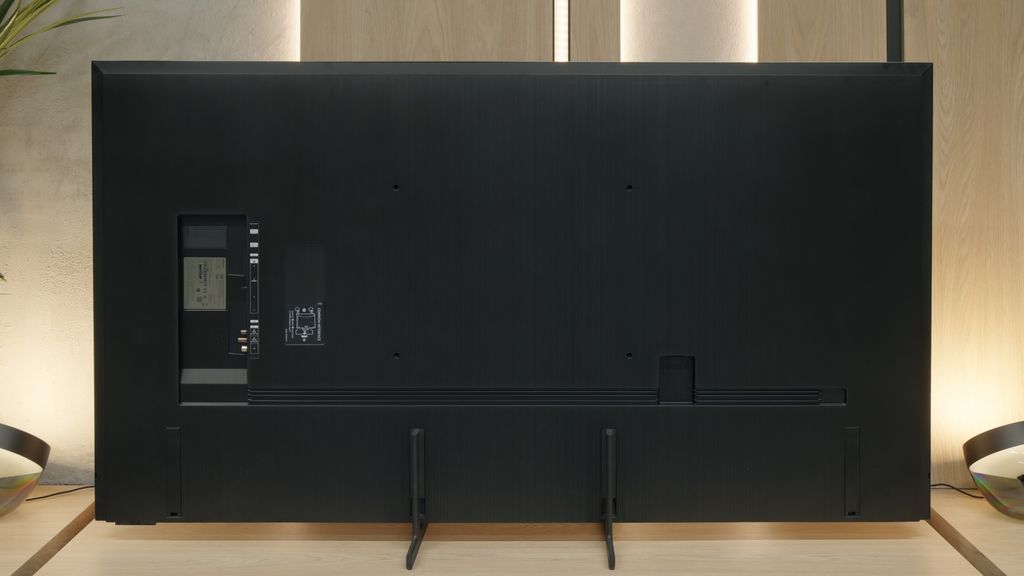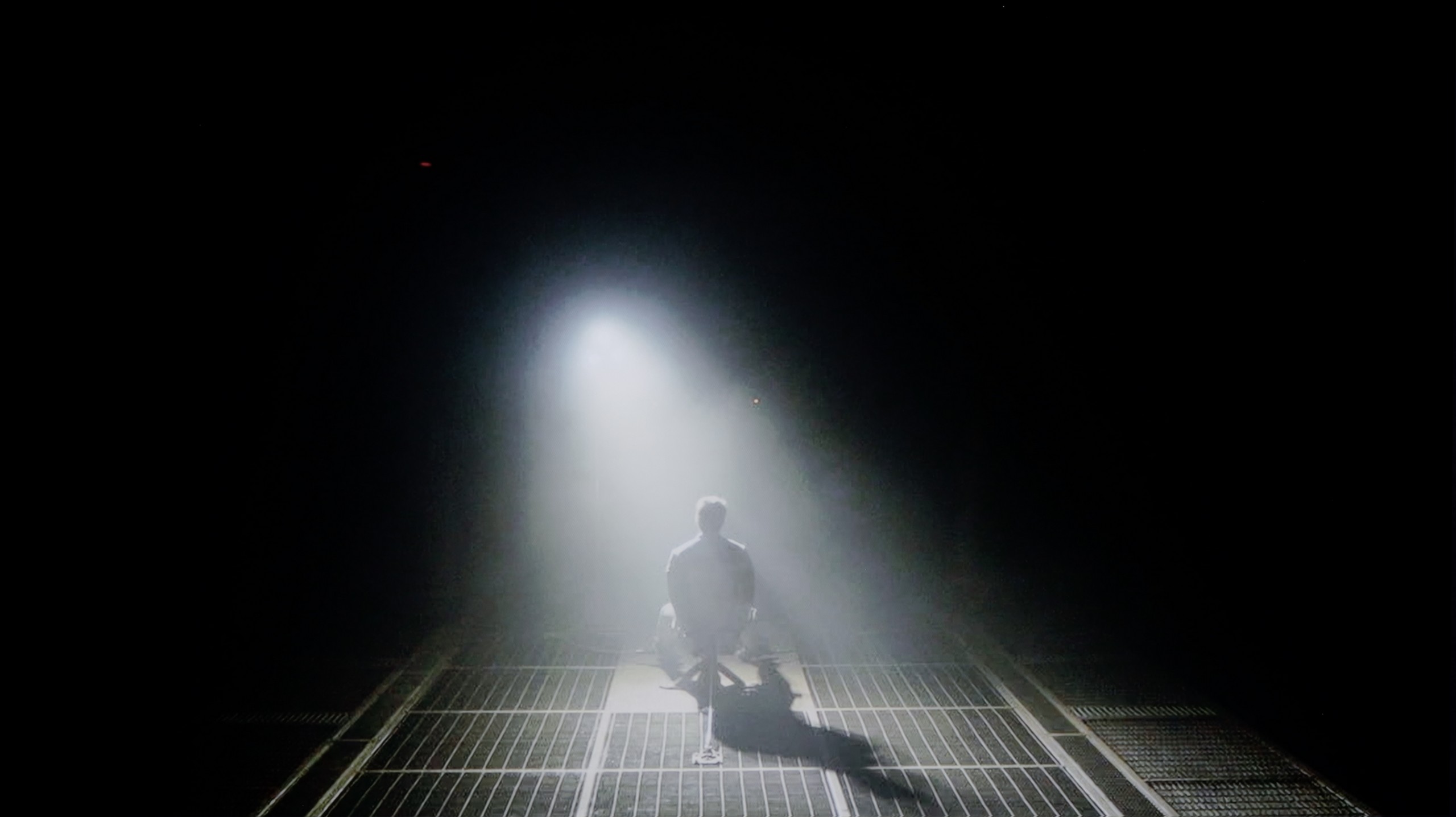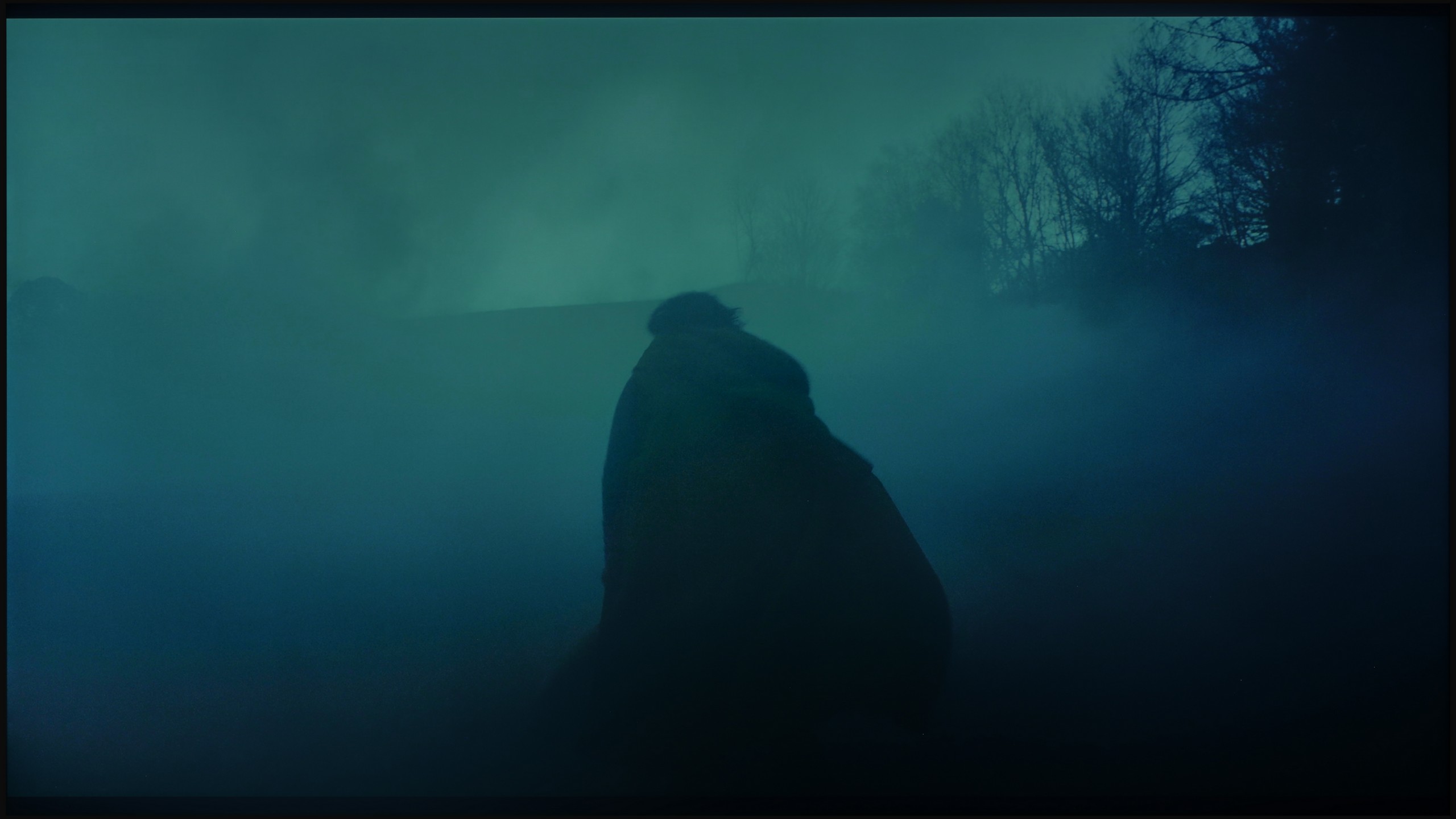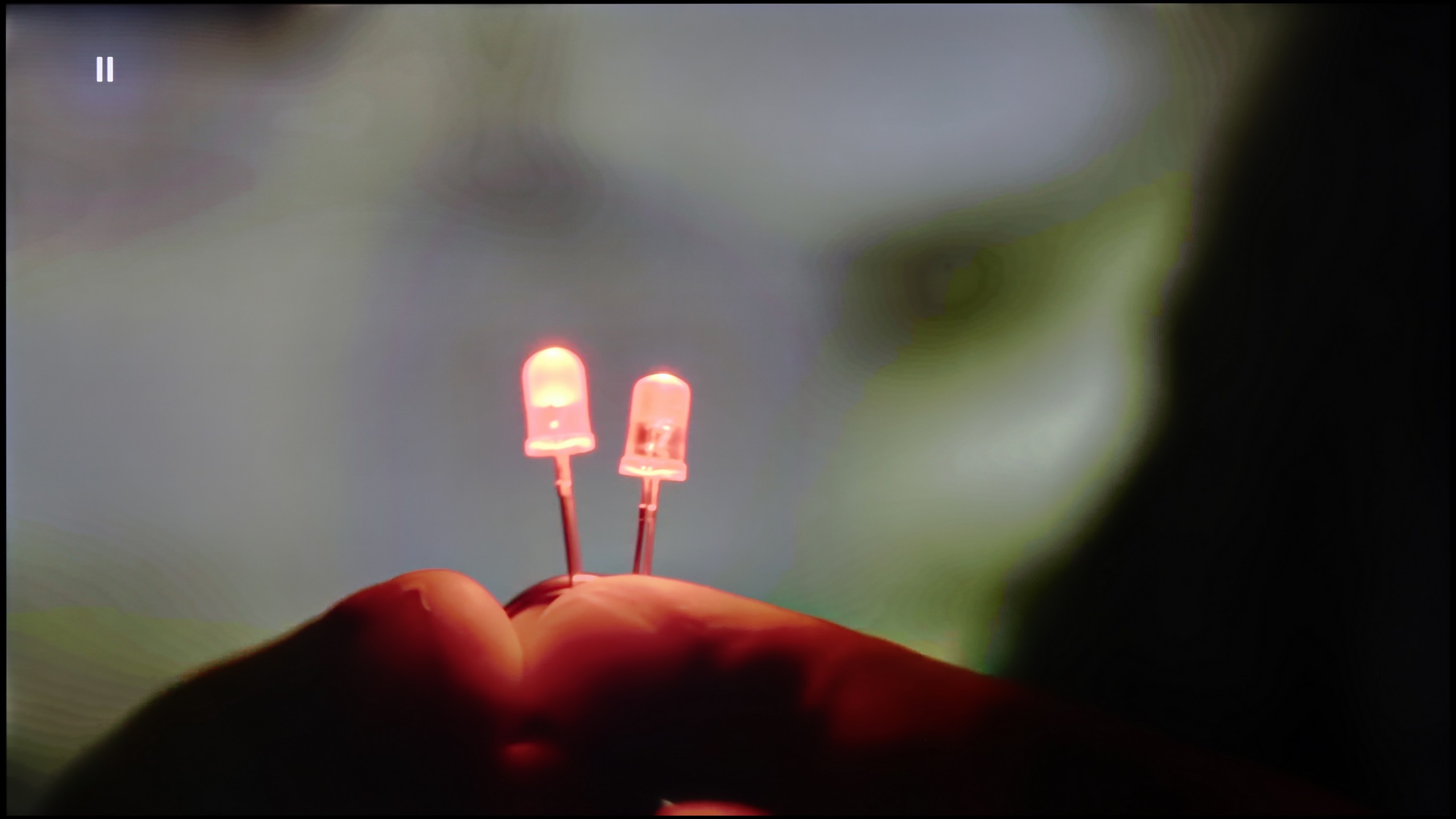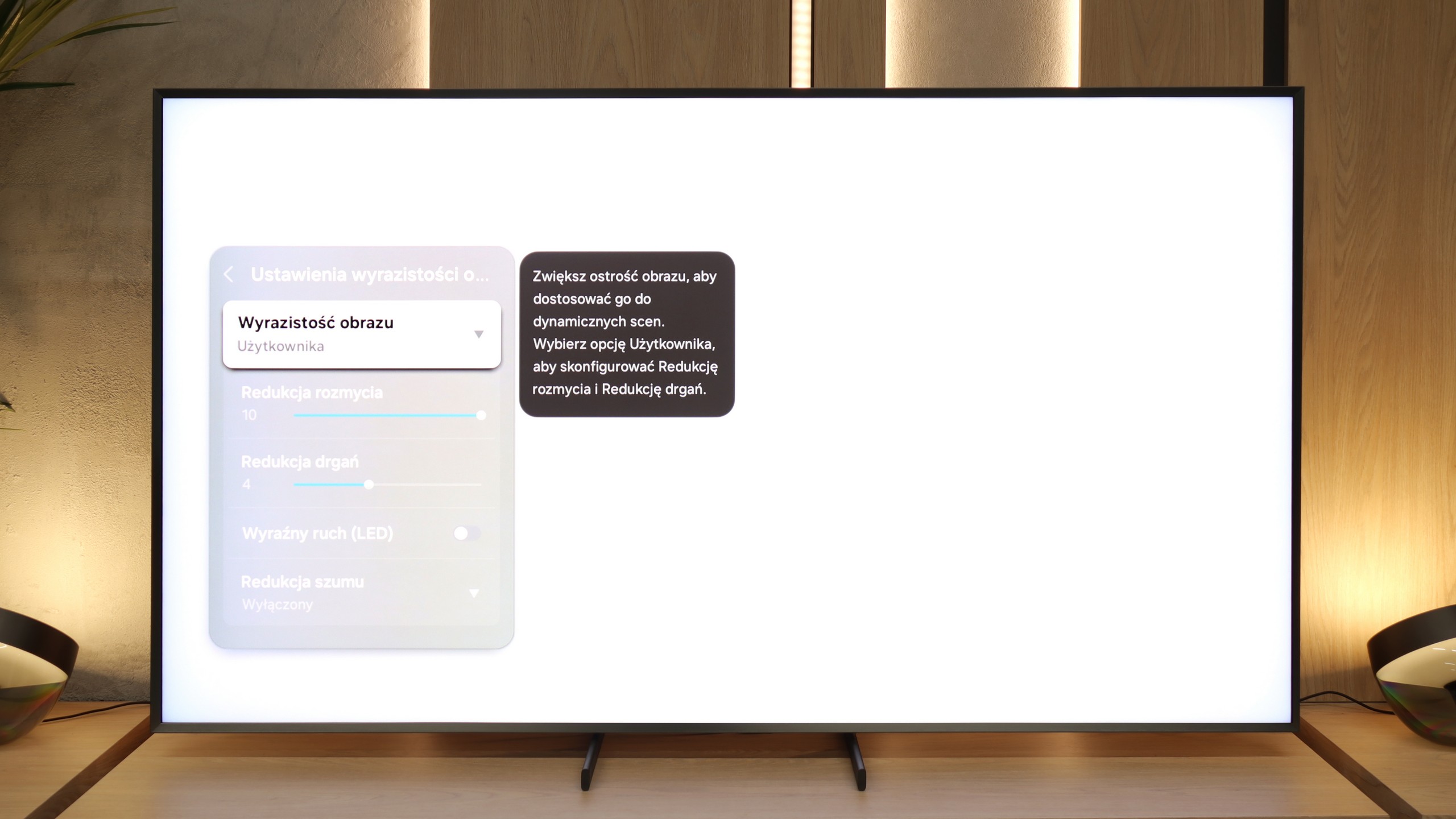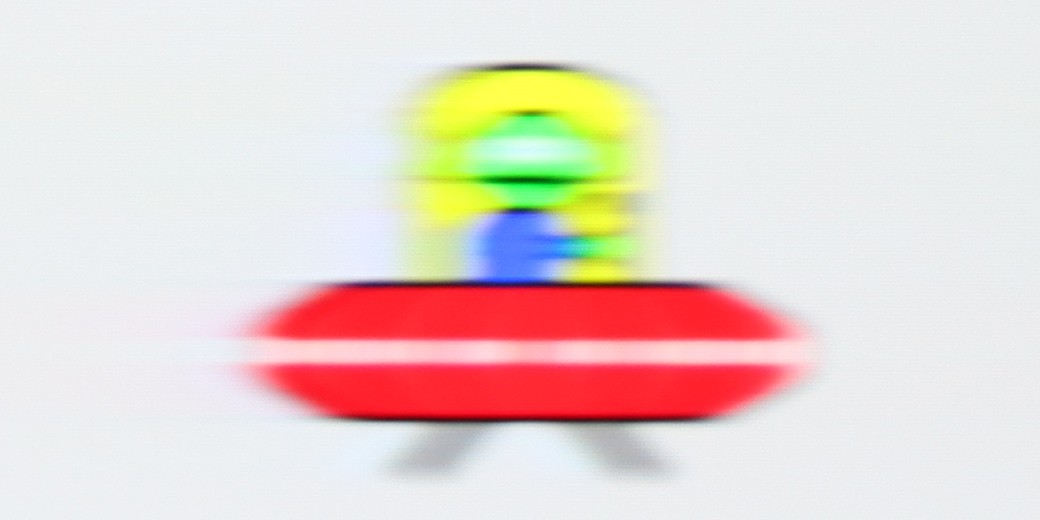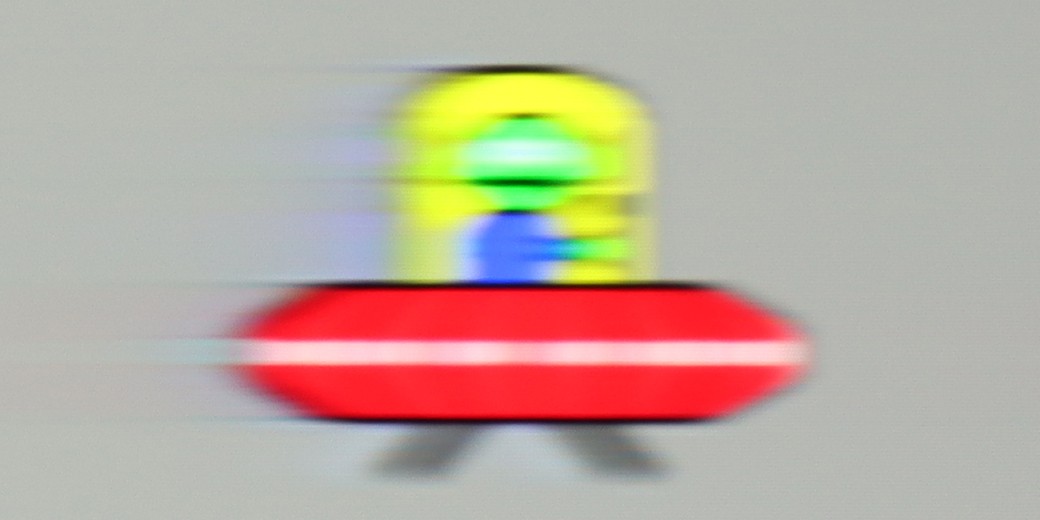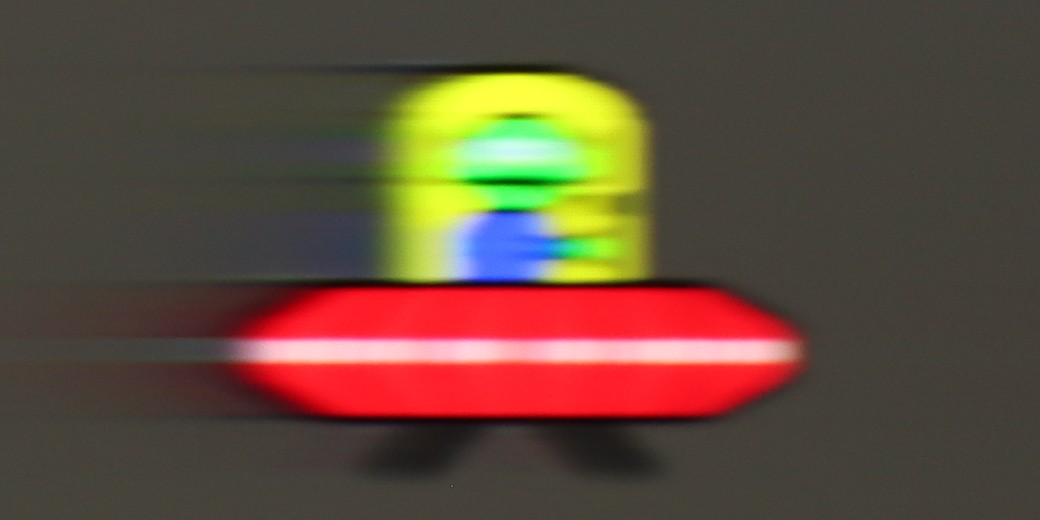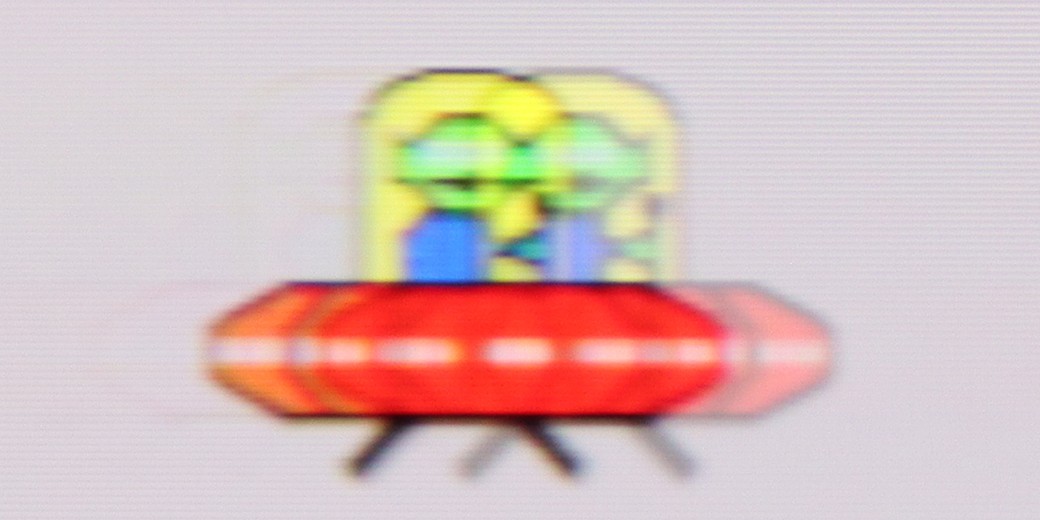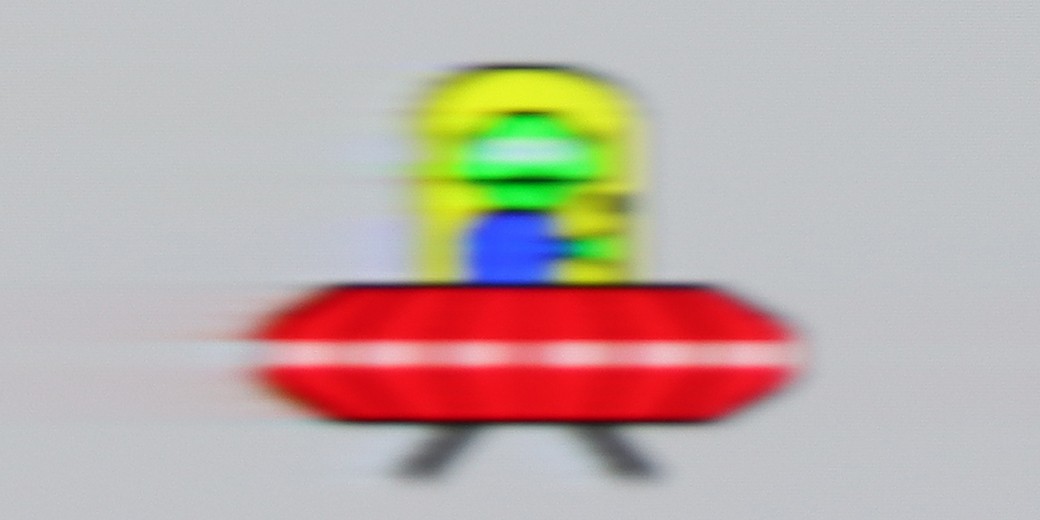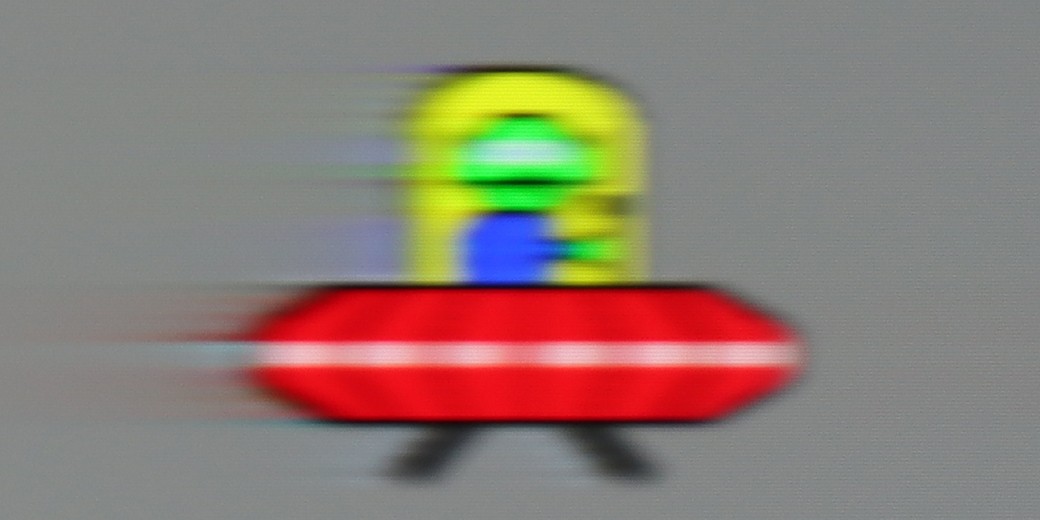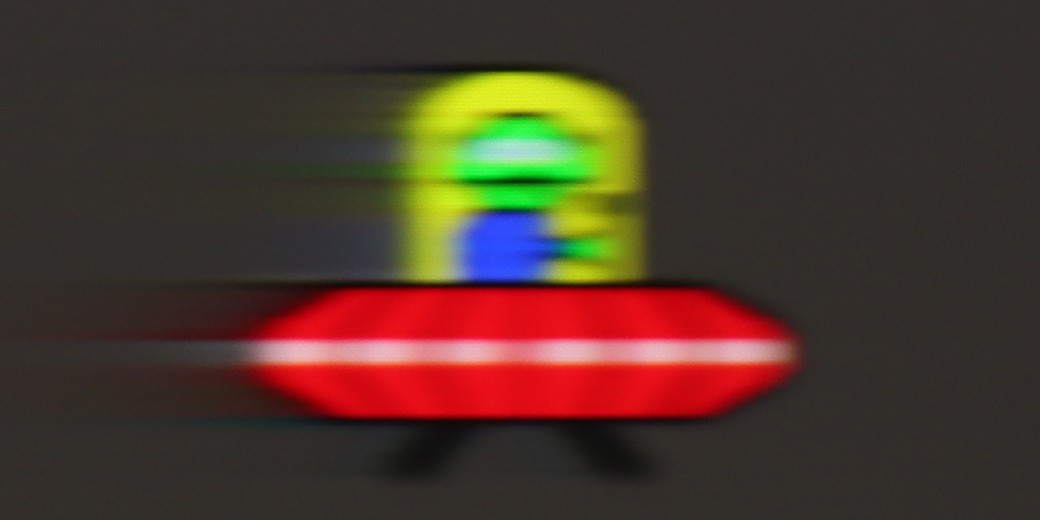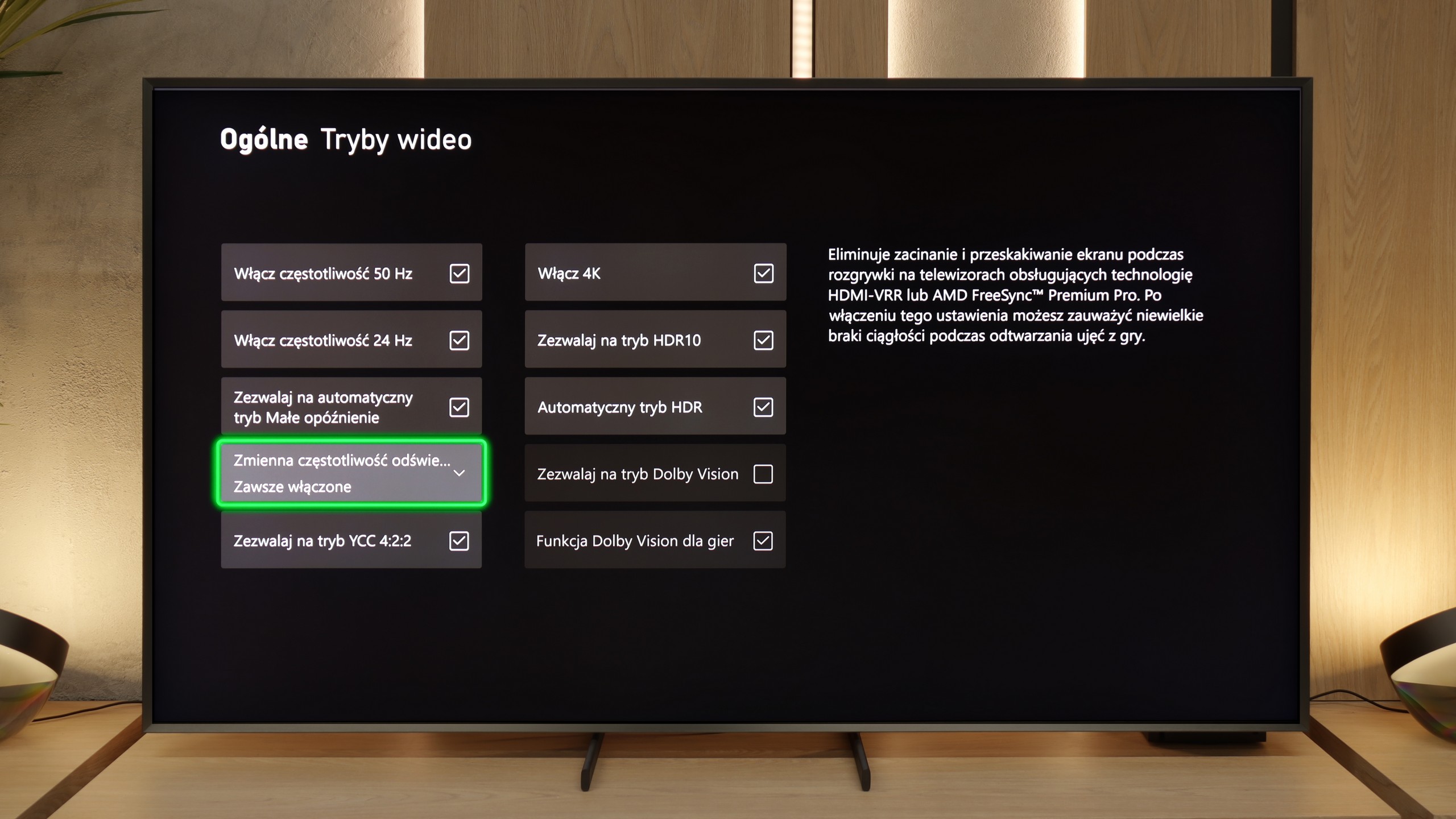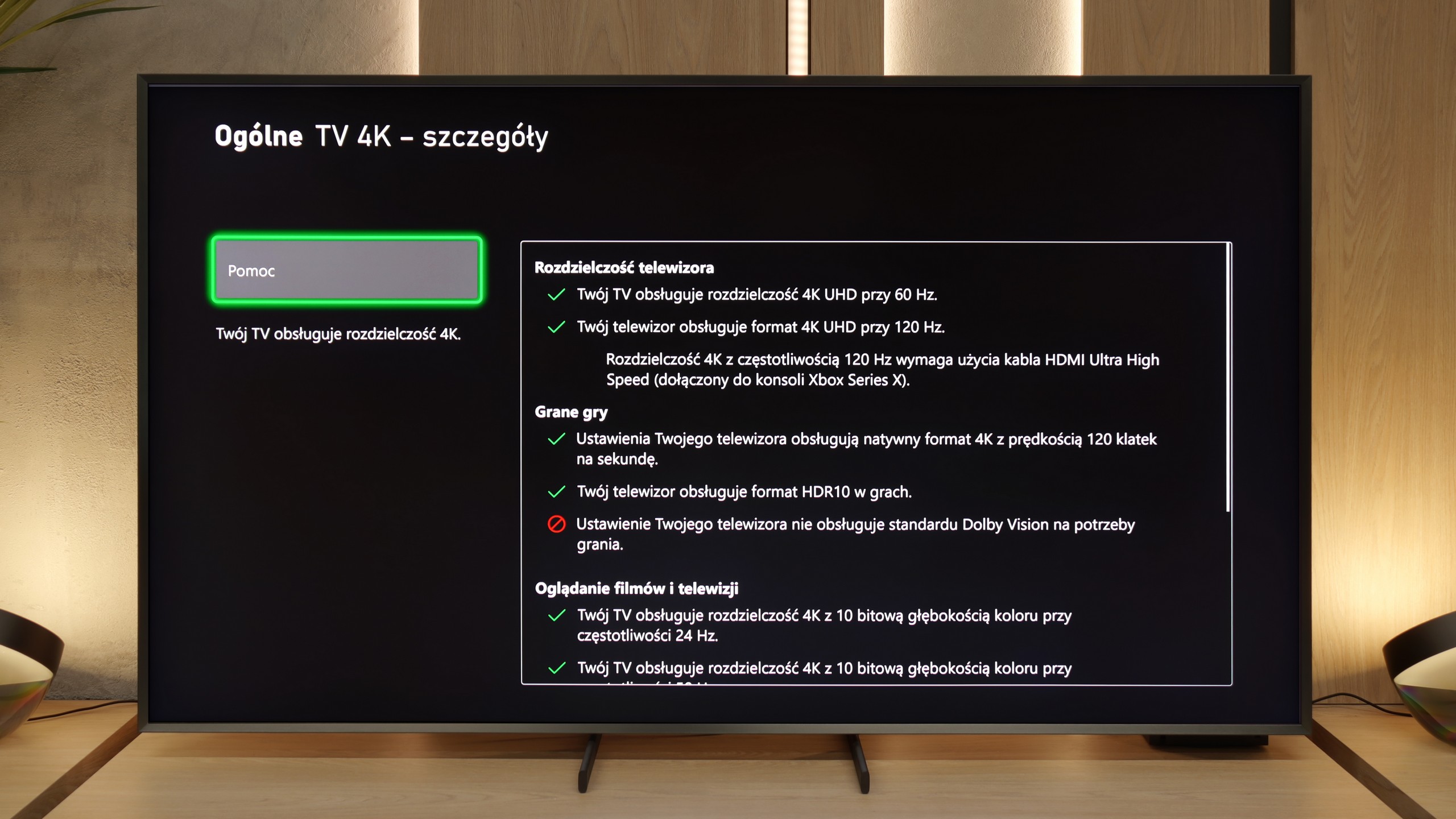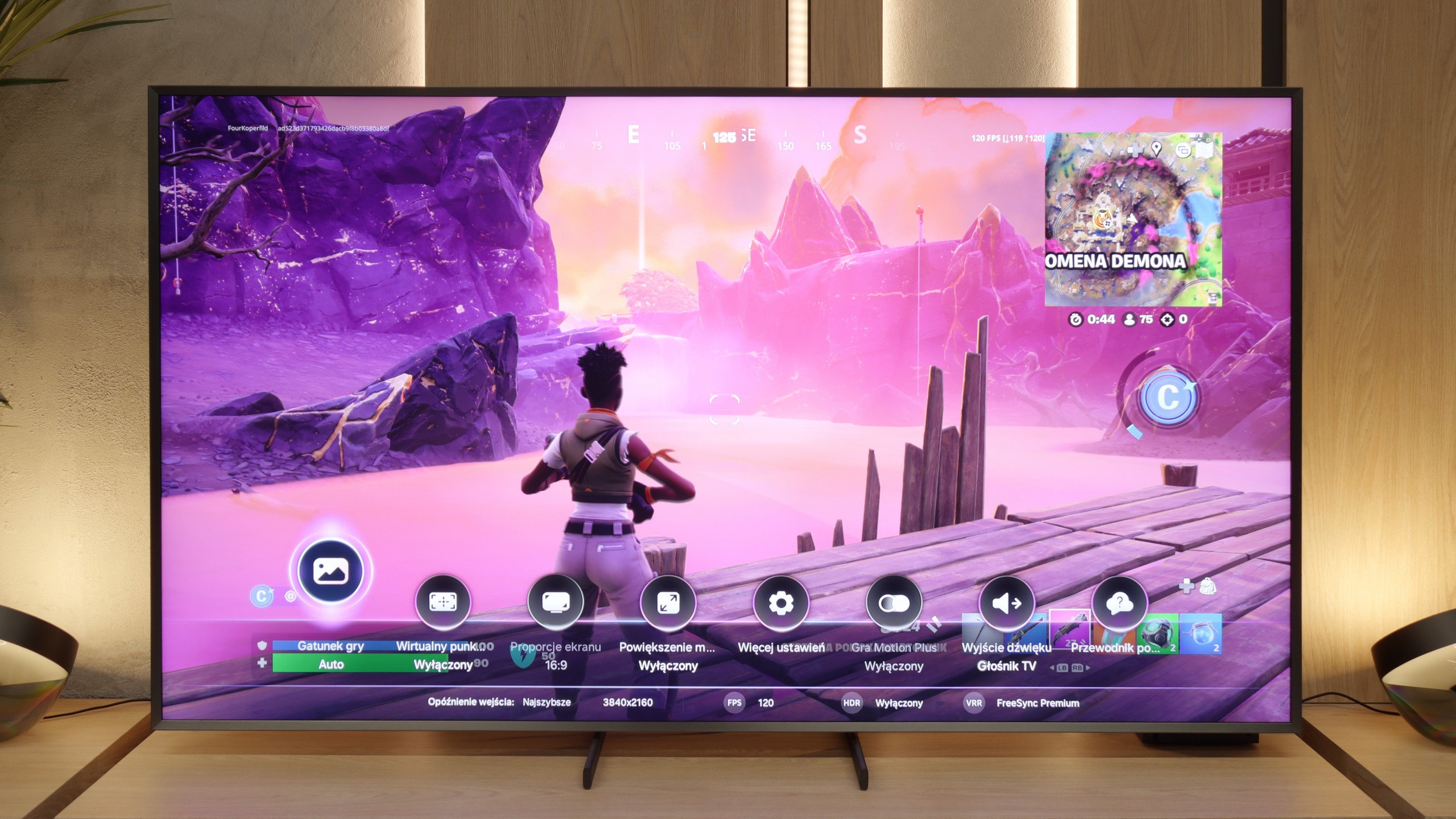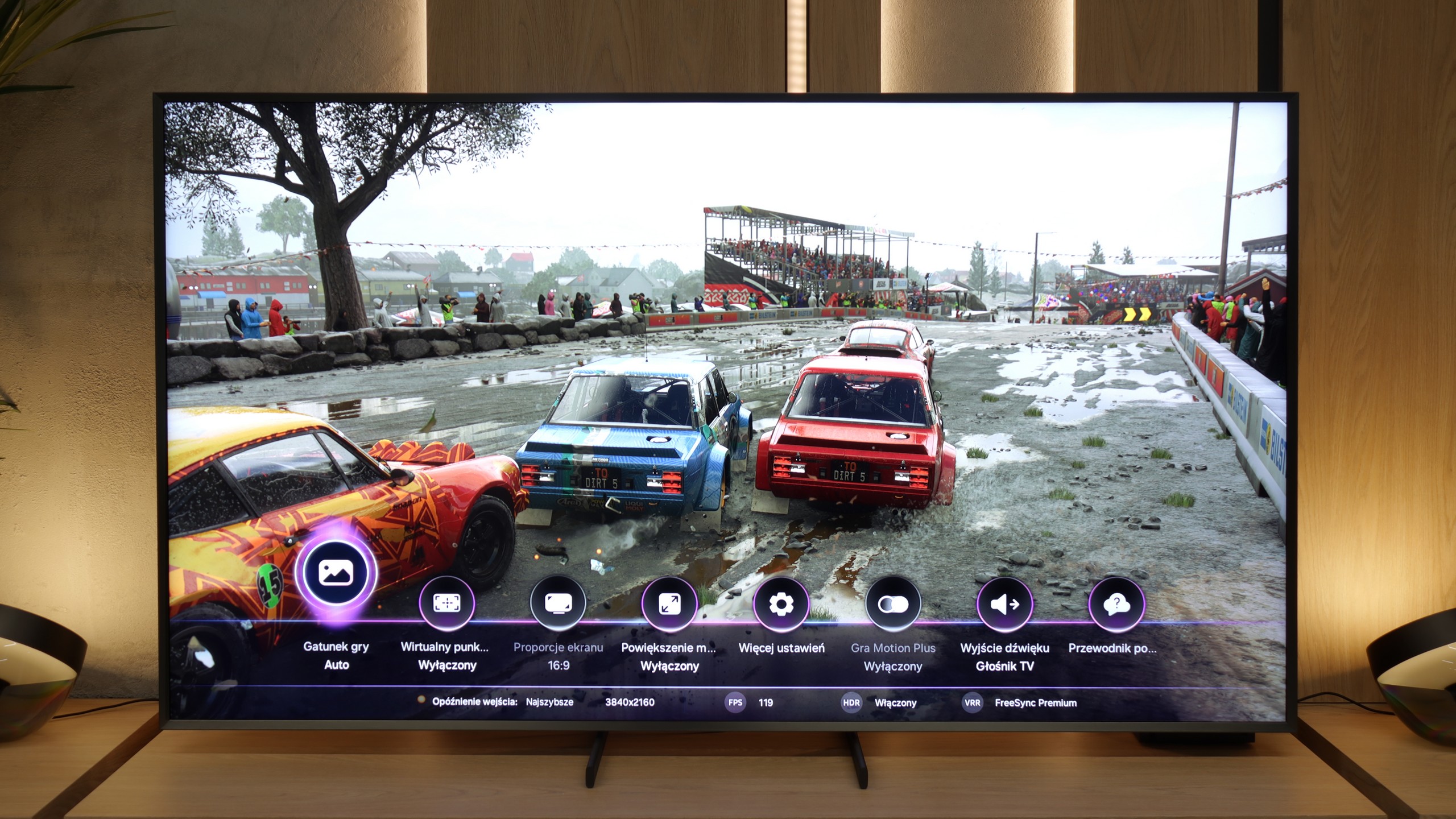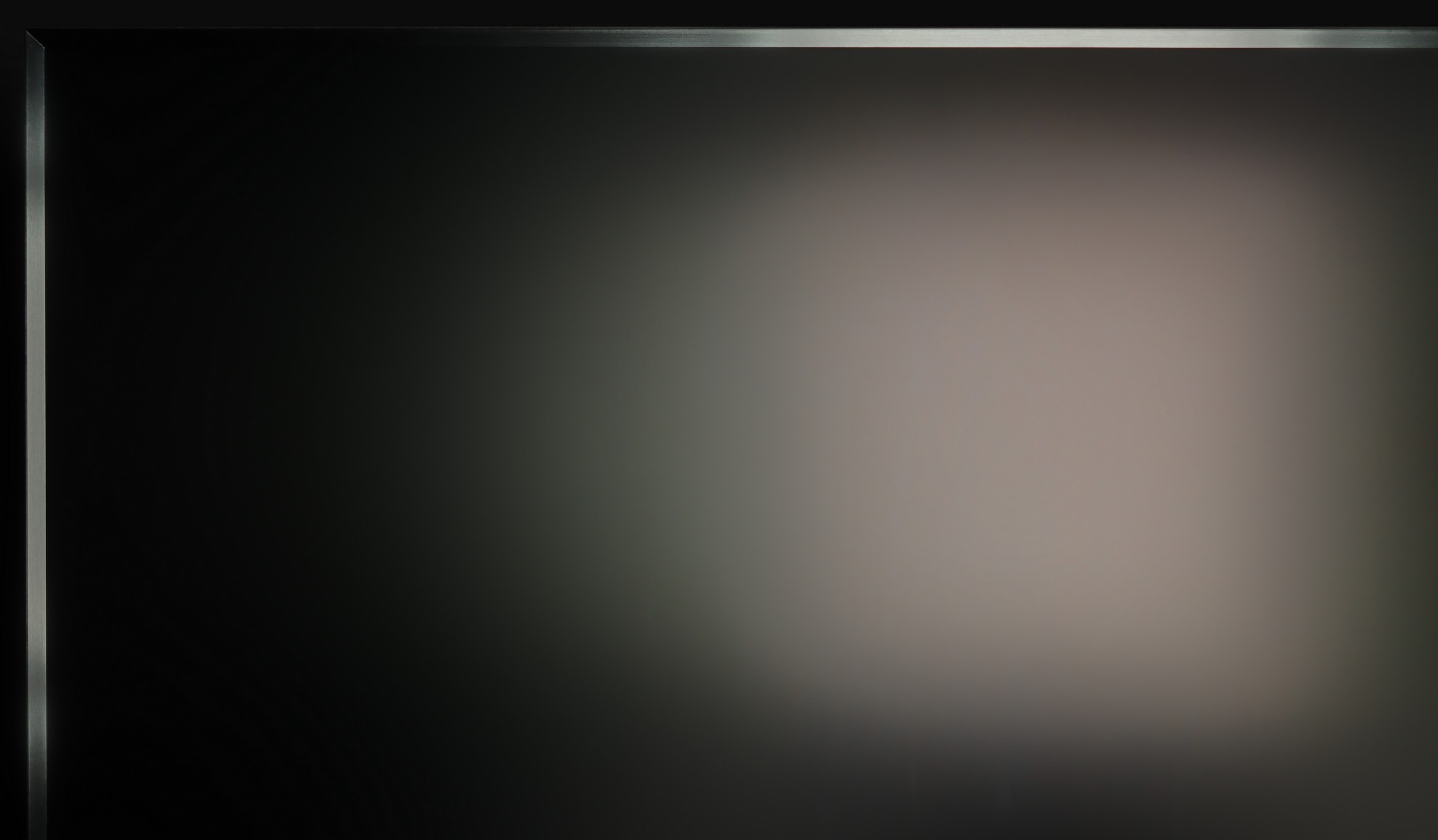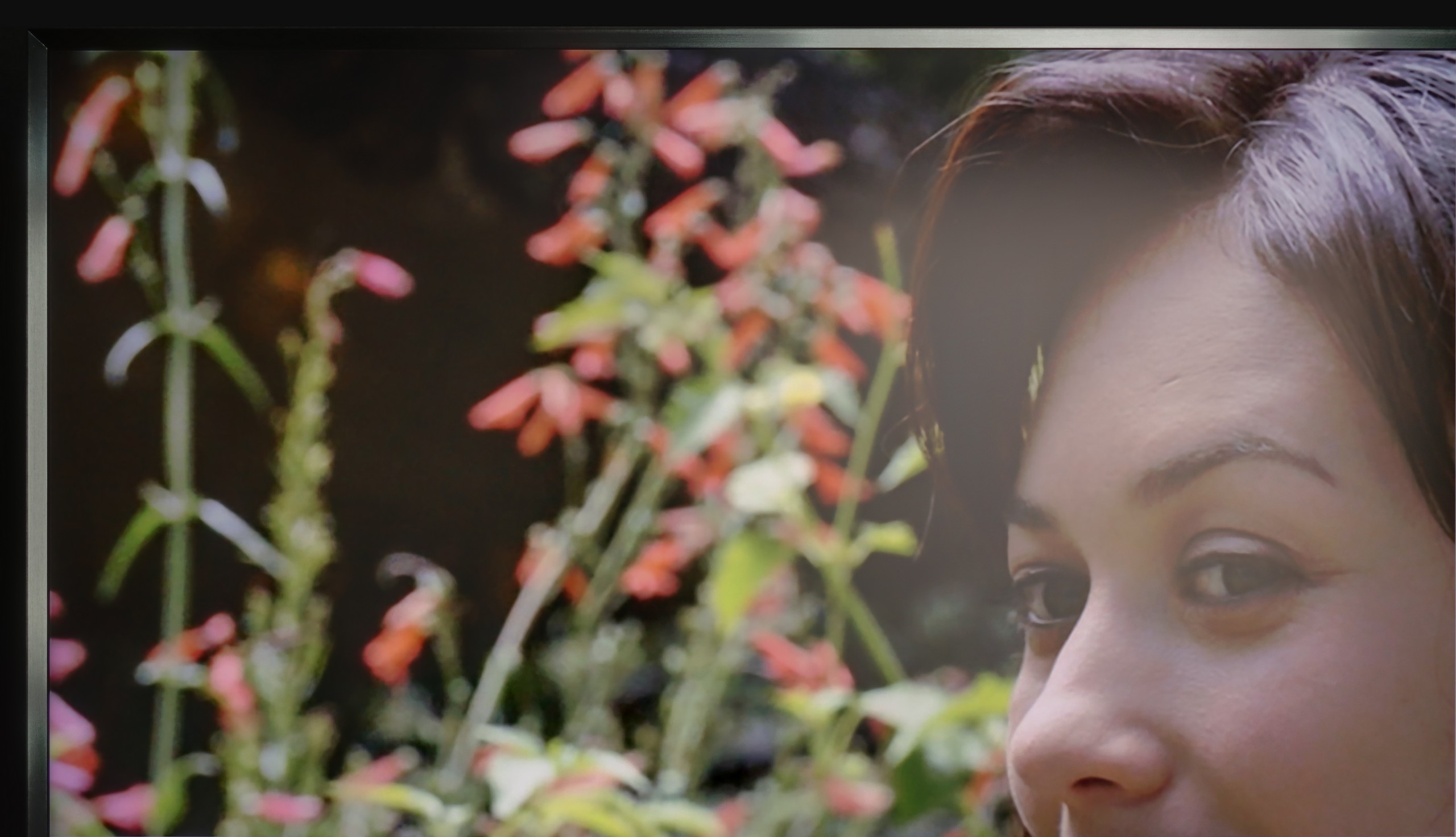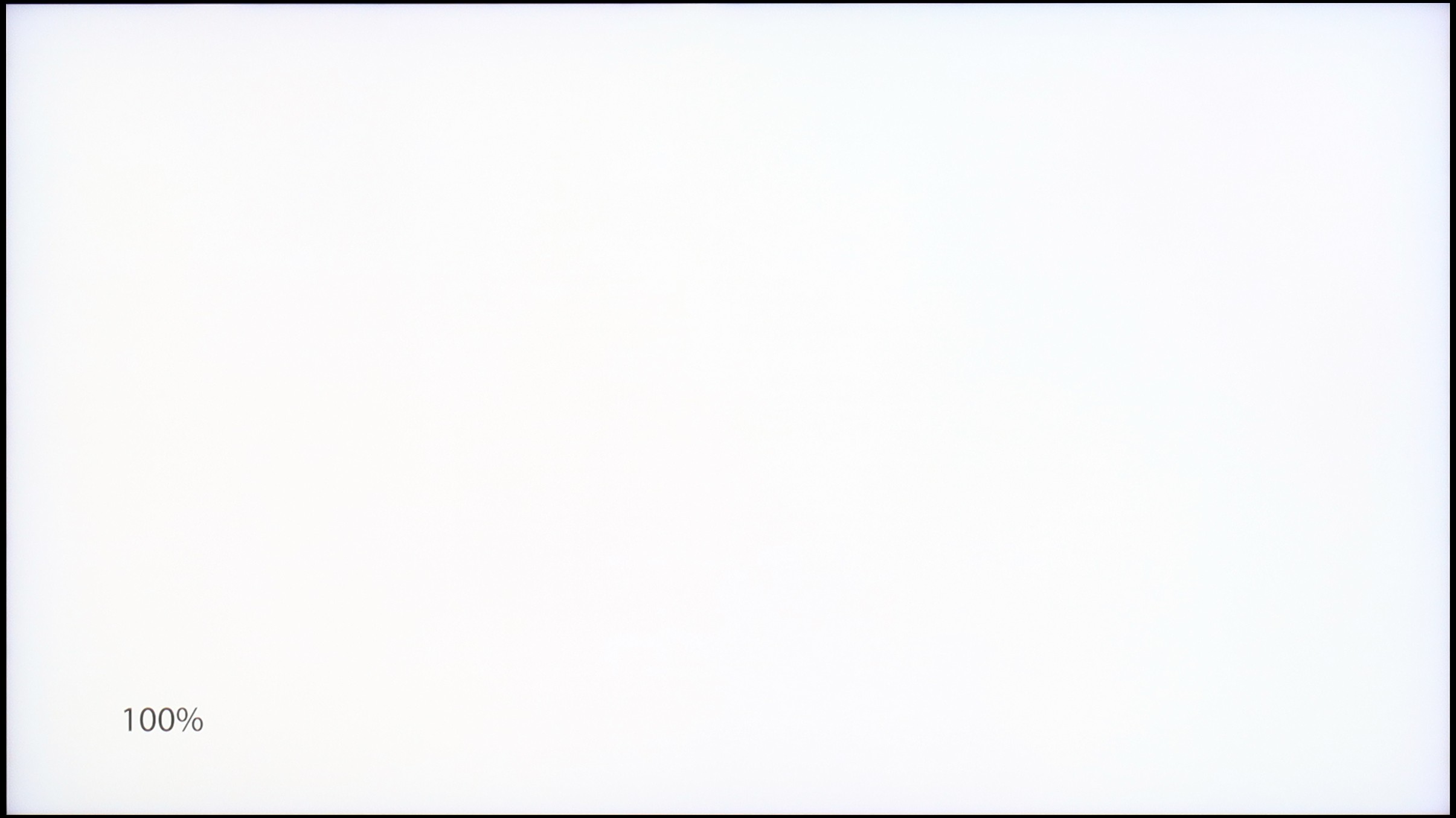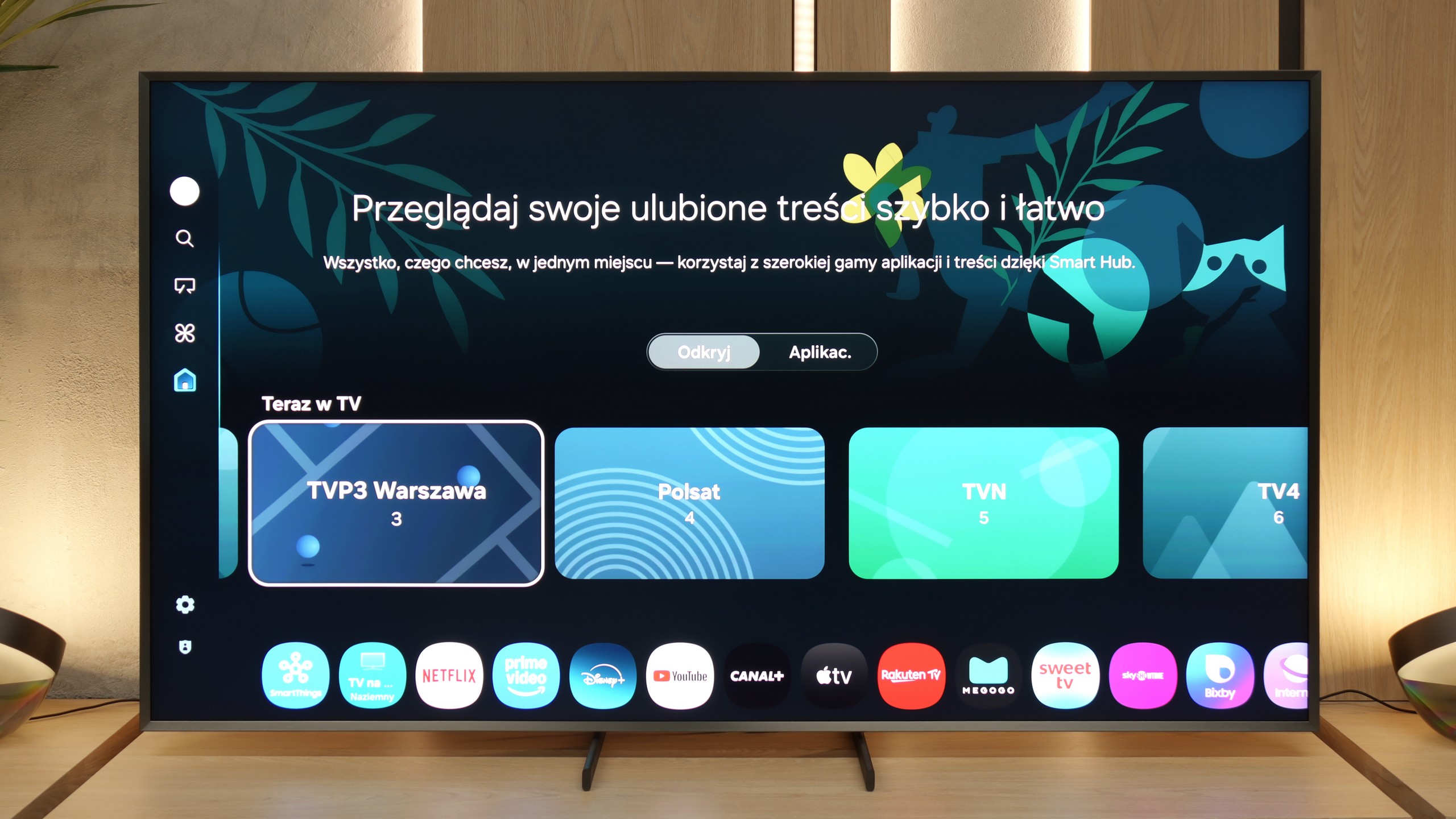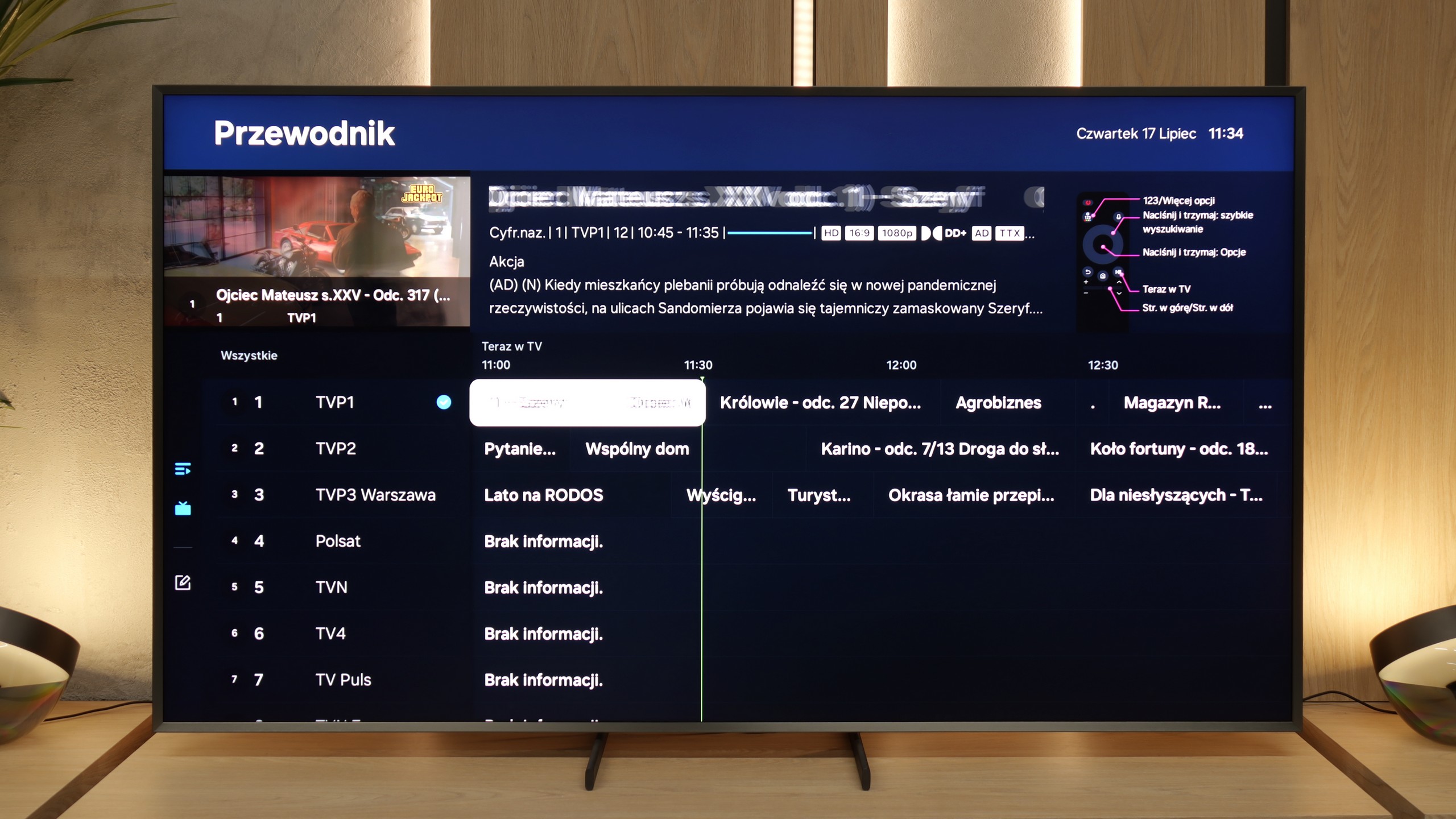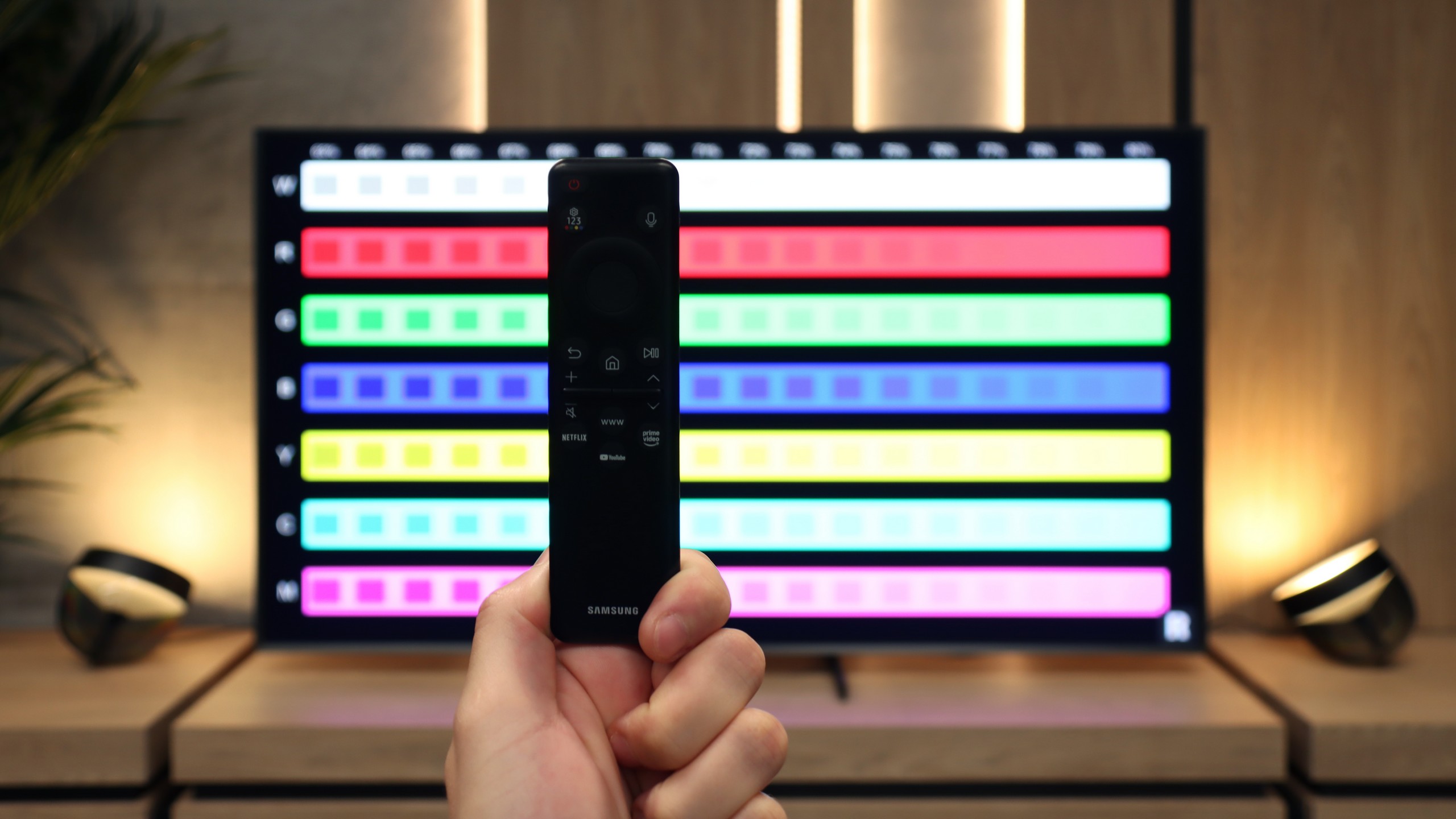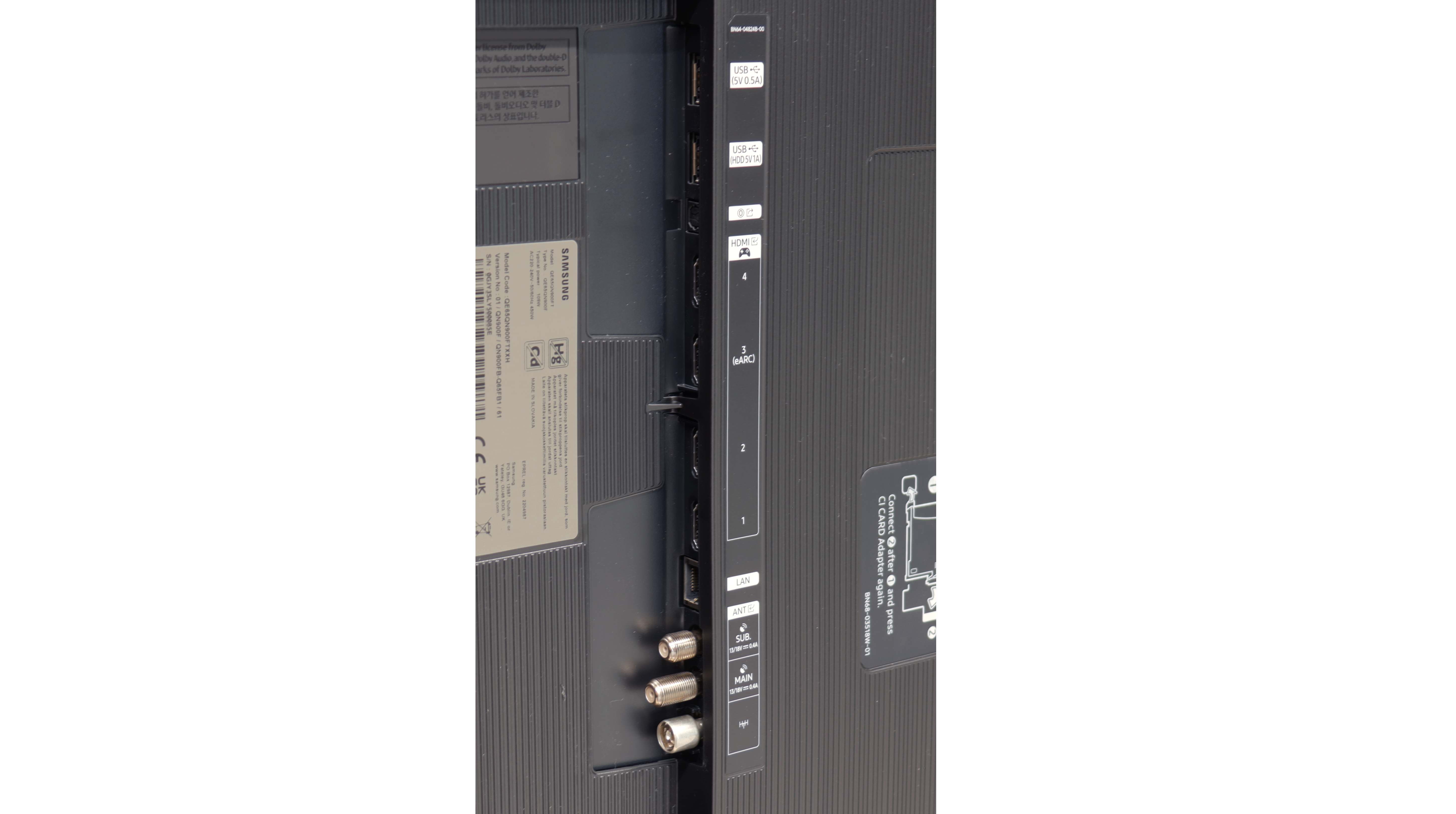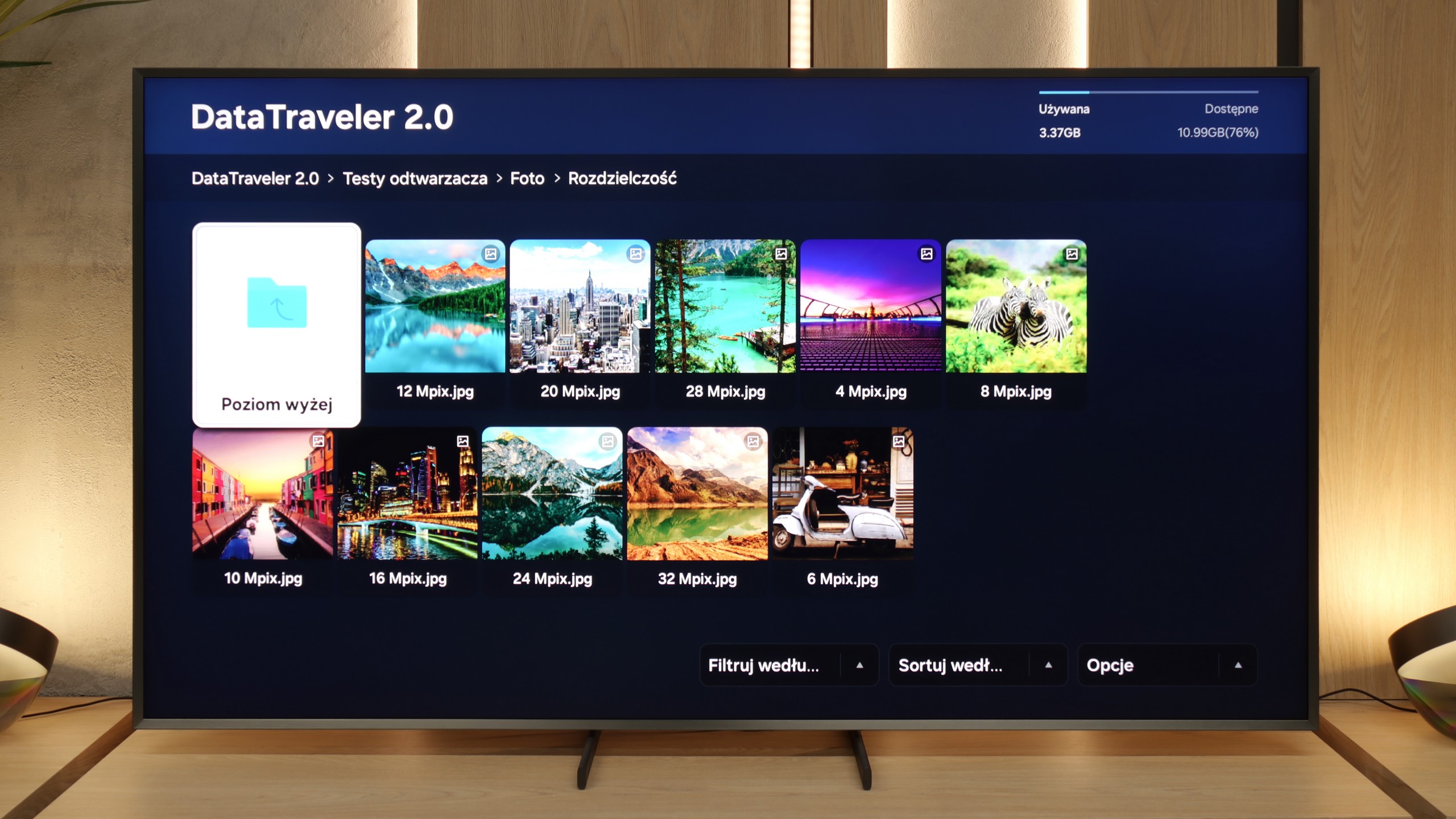The Samsung QN900F is a television that can make a huge impression. The greatest strength of this model is the combination of Mini-LED backlighting with a matte panel. This not only provides decent blacks but above all incredible brightness and excellent visibility in any conditions. During the day, in a brightly lit room, it is probably the best-performing television in Samsung's offering this year. Gamers will also find plenty to like here – even though it's an 8K screen, it can run at 165 Hz in 4K. In addition, it comes with a full suite of HDMI 2.1, VRR and ALLM features, and low input lag, so the QN900F is well-suited for both next-gen consoles and PCs. The design also deserves big praise – when mounted on the wall, with its thick metal frame, this model resembles a more luxurious version of the iconic The Frame. Combined with the matte panel and Art Store mode, it can actually be treated as a piece of equipment that not only plays and shines but also decorates the living room.
However, not everything is perfect. Despite its impressive specs, managing local dimming doesn't always perform as well as one might expect. Given the large number of zones, Samsung could improve its control over blacks and HDR effects – it’s clear that the potential is enormous, but this doesn't always translate to top-tier picture quality. Additionally, it’s worth noting that 8K resolution is still more of a novelty than a real necessity, and the price of this model makes it easy to start looking for cheaper alternatives, even within Samsung's own offerings. Despite these reservations, the QN900F is a television that can definitely impress. Its strength lies not in the 8K itself, but in how it presents the picture, how it looks, and the enjoyment it provides when using it.
